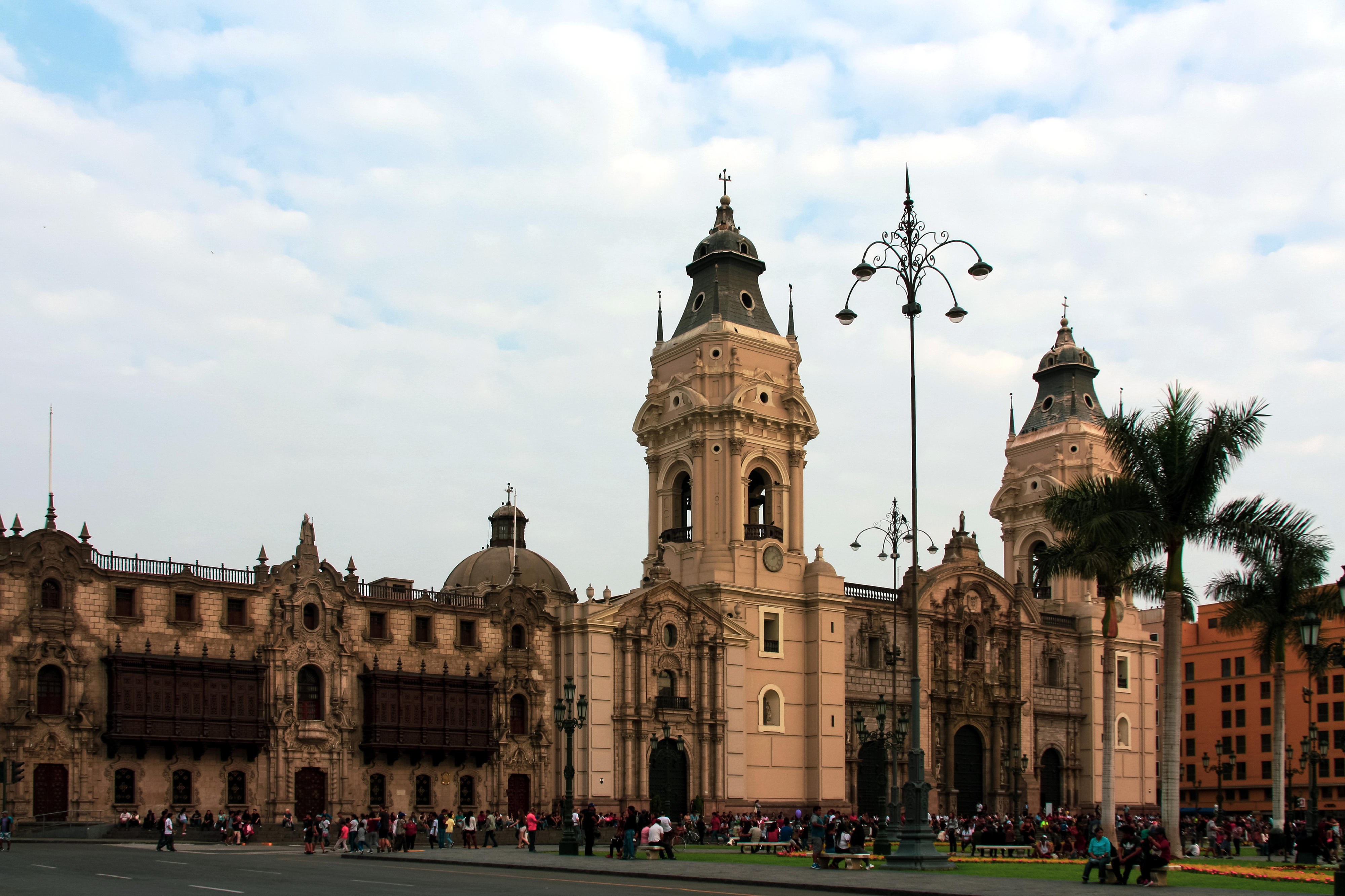Political situation Recent history: turbulent times
Lima Cathedral
The years since 2016 have been characterised by transitional governments, quick changes of power and the conflict between the legislative and executive branches, which has been going on since the presidential election in 2016. This culminated in November 2020 with the impeachment of then president Martín Vizcarra and the appointment of Francisco Sagasti as interim president. Strikes, protests and crises were the result, along with low public confidence in the government.
President Pedro Castillo, elected in June 2021, has so far not managed to restore political stability. After several cabinet reshuffles and only one and a half years in office he was removed from office in December 2022. Hopes now rest with Dina Boularte who, as vice-President, has now moved up to take Castillo's place, as provided for in the constitution.
Peru is still in the process of establishing democratic state institutions. This includes working towards the key goals that the Peruvian government has set itself, namely implementing decentralisation and preventing or cracking down on corruption.
As at: 18/12/2022
